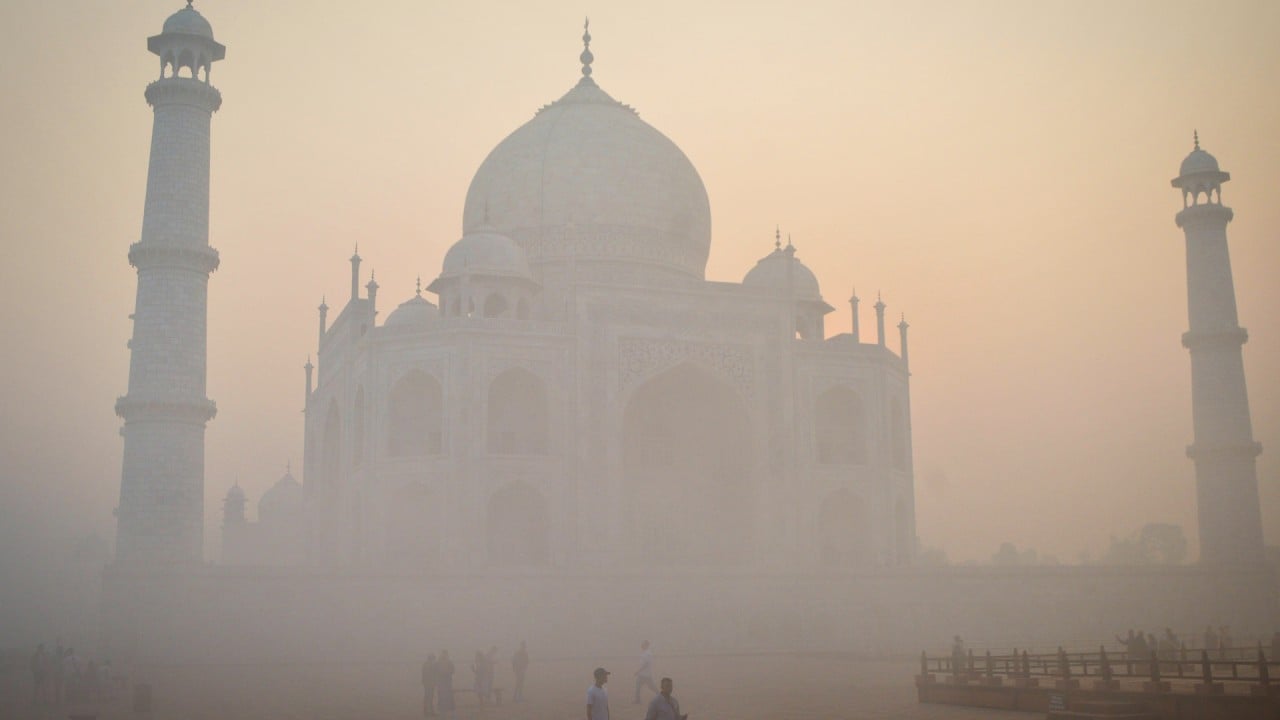Hong Kong team says new cool white ceramic can reflect nearly all sunlight and cut air-conditioning costs
- Highly reflective material, inspired by a white Southeast Asian beetle and made of aluminium oxide, is resistant to UV degradation and fire
- Experimental model with the cutting-edge ceramic applied to the roof saved over 20 per cent of air-conditioning energy, team says in Science article

When applied to roofs, a house covered with the novel white material could be up to 2.5 degrees Celsius cooler indoors than one fitted with ordinary white tiles found on the retail market, saving more than 20 per cent of air-conditioning energy to reach the same indoor temperature, the team said.

“With high weather resistance, high mechanical strength, favourable recyclability, notable Leidenfrost depression and optional colour features, the cooling ceramic can readily be applied to different scenarios and outdoor infrastructures on a large scale,” the team from City University of Hong Kong and Hong Kong Polytechnic University wrote in an article published in the peer-reviewed journal Science this month.
Carbon emissions from space cooling have nearly tripled since 1990 to 1 billion tonnes (1.1 billion tons) in 2022, according to the International Energy Agency. Since 2000, energy demand for space cooling has grown around an average 4 per cent a year.
The agency said the use of air conditioners was on track to become a top driver of global electricity demand in the next three decades.
